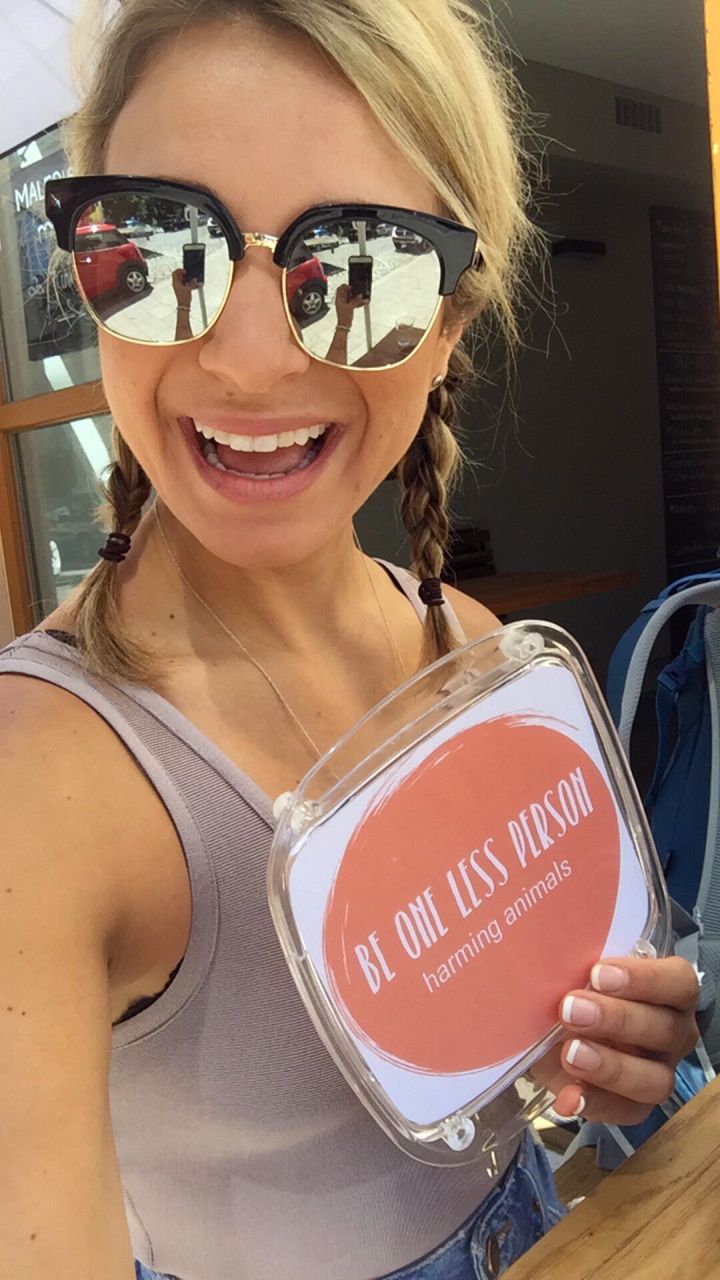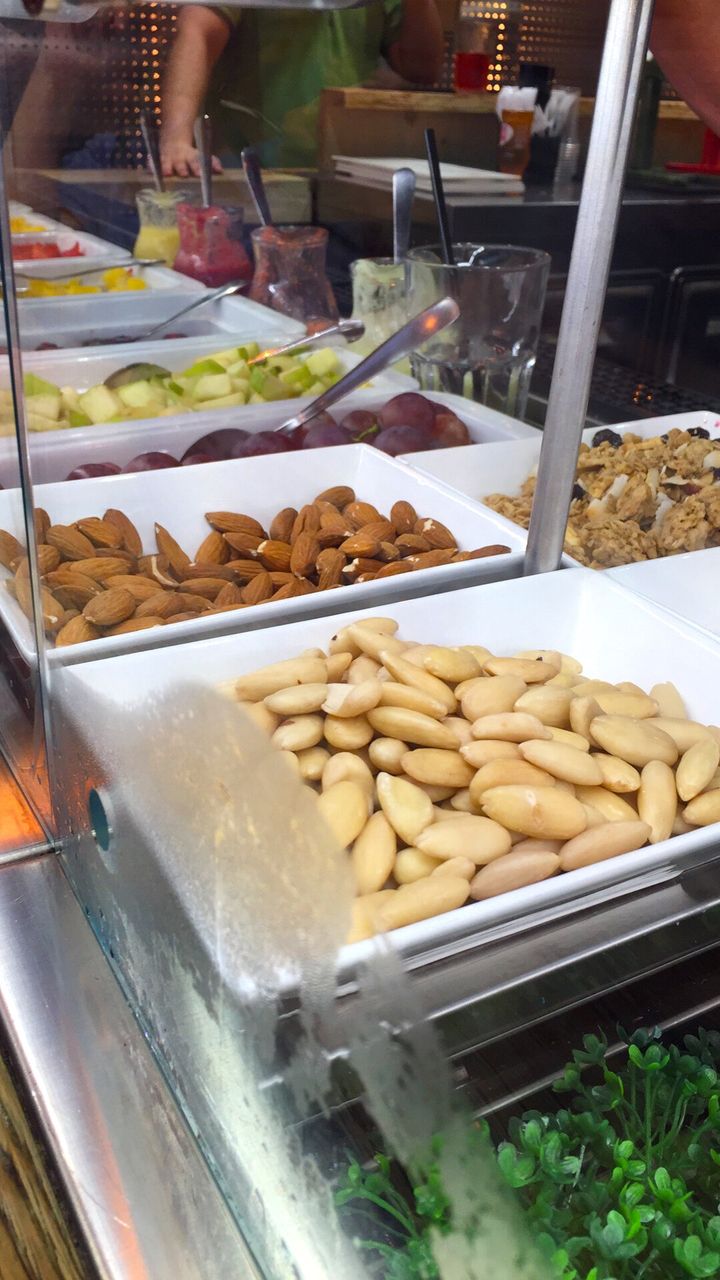

The number one question vegans and vegetarians get: How do you get your protein if you're not eating meat?
As a previous meat eater, I entirely understand that perspective. The moment I decided to commit to becoming plant based, my energy levels substantially increased and I knew I was onto something. In the beginning stages of becoming plant based, I did a lot of research to make sure my body was getting an adequate amount of protein to not only ensure a healthy lifestyle, but also keep up with being a plant-based super-athlete.
Regardless of whether you're looking at changing up your eating preferences, we're here to educate on different sources of protein when it comes to not having meat in your diet. We welcome any variations of diet.
- Lentils: 18 grams of protein per cooked cup (also 50 per cent of your daily recommended fibre intake) (source: Healthline)
- Kidney, black, pinto beans: 15 grams of protein per cooked cup (significant sources of complex carbs, fibre, etc.) (source: Healthline)
- Nutritional yeast: 14 grams of protein and seven grams of fibre per ounce (high in B12, copper, and zinc) (source: Healthline)
- Ancient grains(Spelt, barley, farro, etc.): 10 to 11 grams of protein per cooked cup
- Hemp seeds: 10 grams of protein per ounce (that's 50 per cent more than chia and flax seeds) (source: Healthline)

If this list inspires you, begin incorporating ingredients and seeing how your body feels.

I had my own reservations before committing to a completely plant-based diet two years ago. At the time, I was a high-level CrossFit competitor and not necessarily sure if a plant-based lifestyle could keep up with my three-hour-per-day training schedule.
The first thing that I did was do my RESEARCH! I listened to a lot of podcasts — Rich Roll and David Wolfe were and still are huge inspirations — and did a lot of reading. I wanted to make sure that I could still be strong, healthy, and continue to feel full of life. I was shocked to find out that I could repair my body more quickly after my workouts and bounce back less sore, and fresher every single day.
More from HuffPost Canada:
In January 2017, my research held up when I put these eating habits to the test training and participating in a 78.2-kilometre marathon at RunDisney, followed in May by the Reebok Ragnar Relay, which consisted of running 304 kilometres in 36 hours. I learned that I have tons of fuel as a plant-based super-athlete and I get the opportunity to witness my body's exceptional ability to recover.
I have never felt more energized and truly recommend anyone who is thinking about it to take the leap into a plant-based diet or to take some forward steps into getting there (at your own pace).
Also on HuffPost: